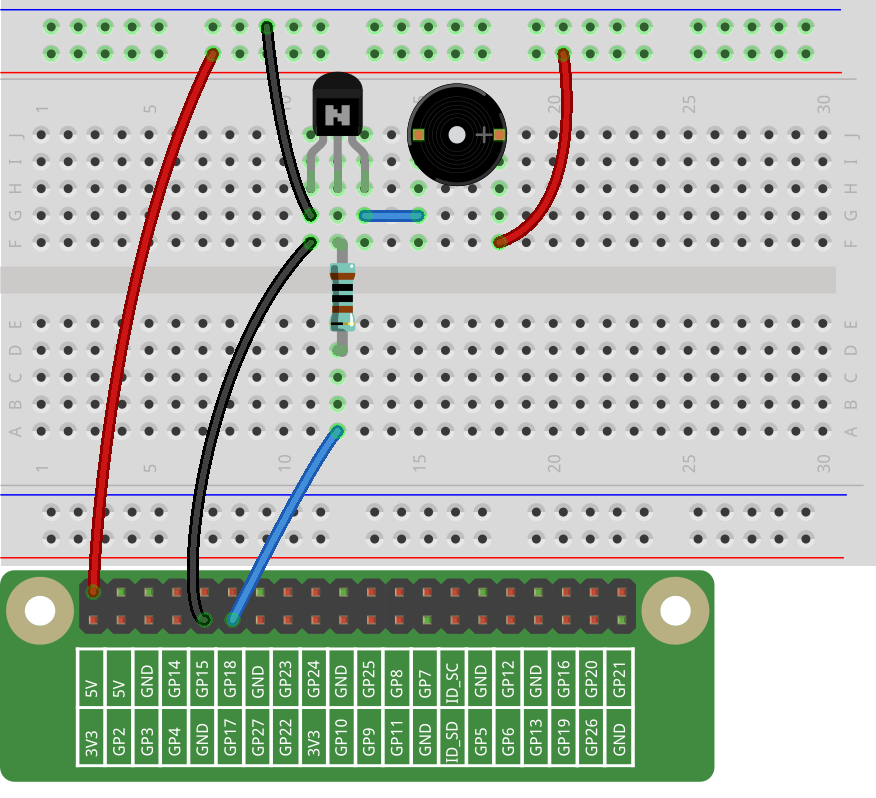projects
| pct0 (bonus; due 20230823) |
| wcp1 (due 20230823) |
| abc0 (due 20230830) |
| pct1 (bonus; due 20230830) |
| pct2 (due 20230830) |
| wcp2 (due 20230830) |
| gtf0 (due 20230906) |
| pct3 (bonus; due 20230906) |
| wcp3 (due 20230906) |
| dtr0 (due 20230913) |
| pct4 (due 20230913) |
| wcp4 (due 20230913) |
| pct5 (bonus; due 20230920) |
| stl0 (due 20230920) |
| wcp5 (due 20230920) |
| gfo0 (due 20230927) |
| pct6 (due 20230927) |
| stl1 (due 20230927) |
| wcp6 (due 20230927) |
| pct7 (bonus; due 20231004) |
| ptb0 (due 20231004) |
| wcp7 (due 20231004) |
| bwp1 (bonus; due 20231018) |
| pct8 (due 20231018) |
| ptb1 (due 20231018) |
| wcp8 (due 20231018) |
| pct9 (bonus; due 20231025) |
| ptb2 (due 20231025) |
| wcp9 (due 20231025) |
| eap0 (due 20231101) |
| gfo1 (due 20231101) |
| pctA (due 20231101) |
| wcpA (due 20231101) |
| pctB (bonus; due 20231108) |
| wcpB (due 20231108) |
| eap1 (due 20231109) |
| eap2 (due 20231115) |
| pctC (due 20231115) |
| wcpC (due 20231115) |
| bwp2 (bonus; due 20231129) |
| pctD (bonus; due 20231129) |
| wcpD (bonus; due 20231129) |
| gfo2 (due 20231206) |
| pctE (bonus; due 20231206) |
| wcpE (bonus; due 20231206) |
| EoCE (due 20231214) |



